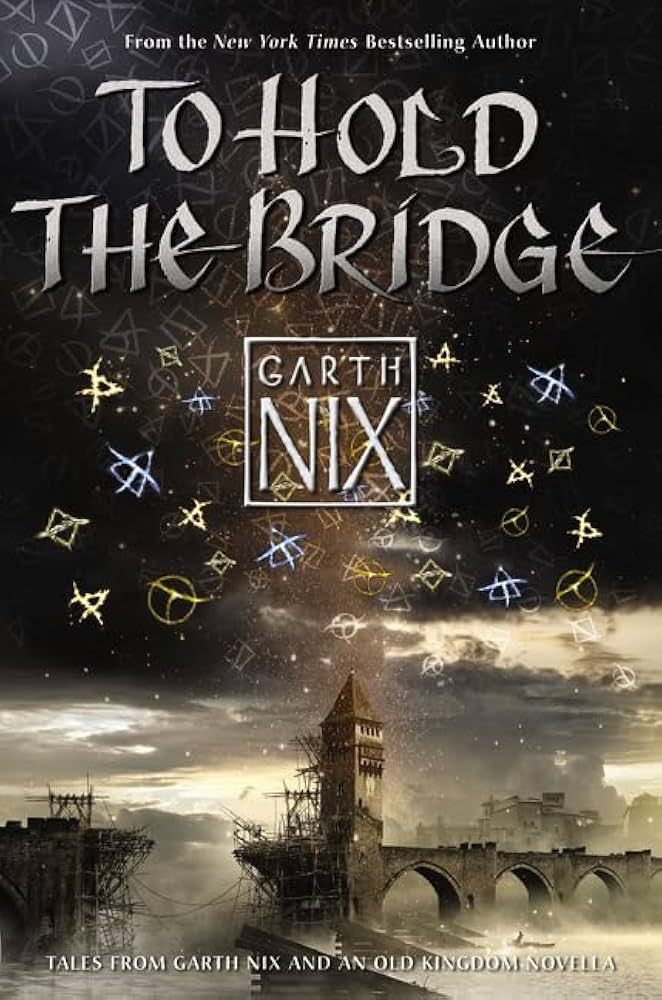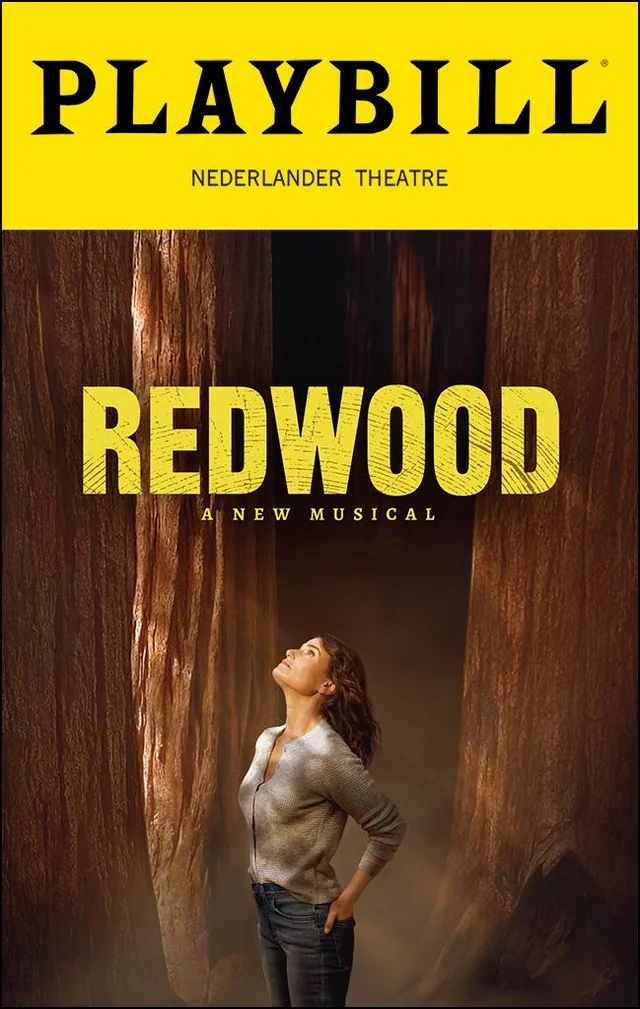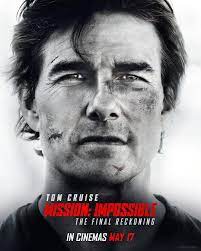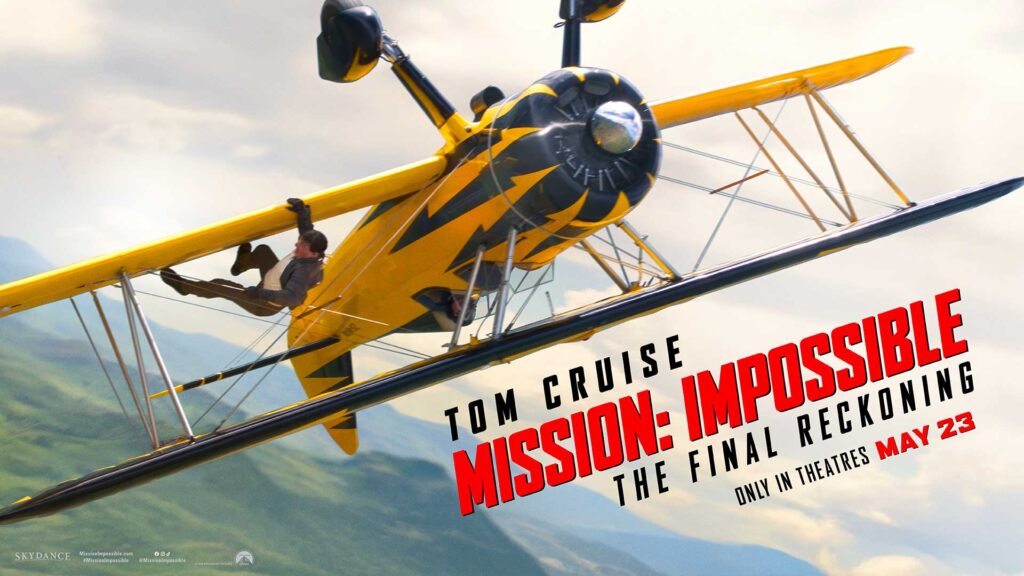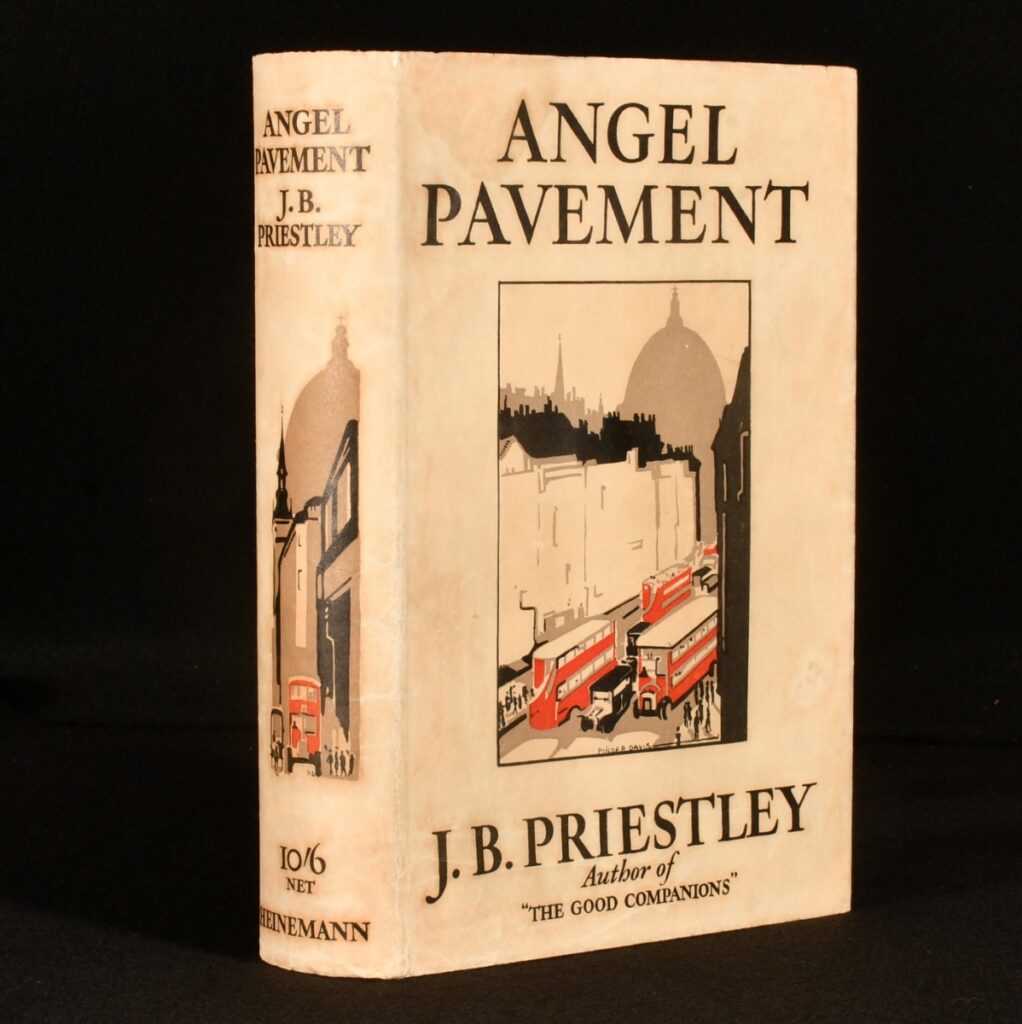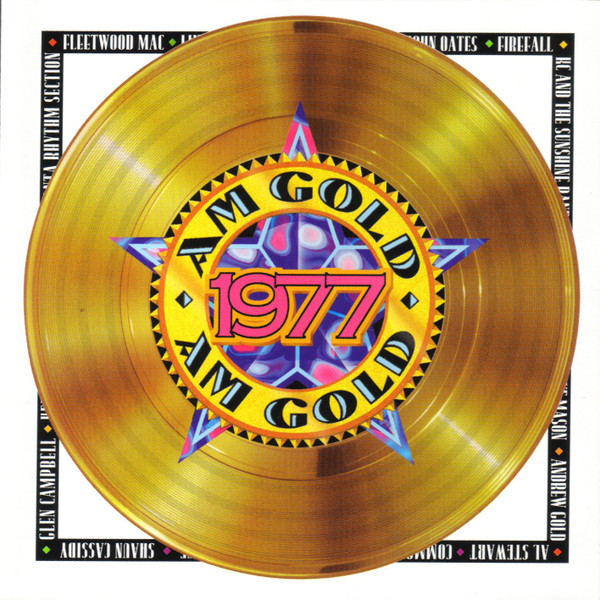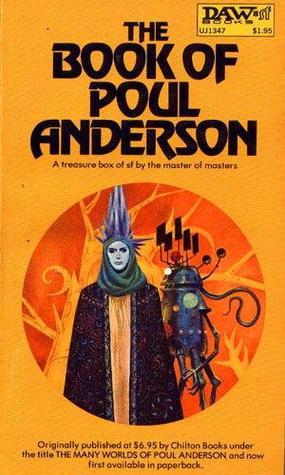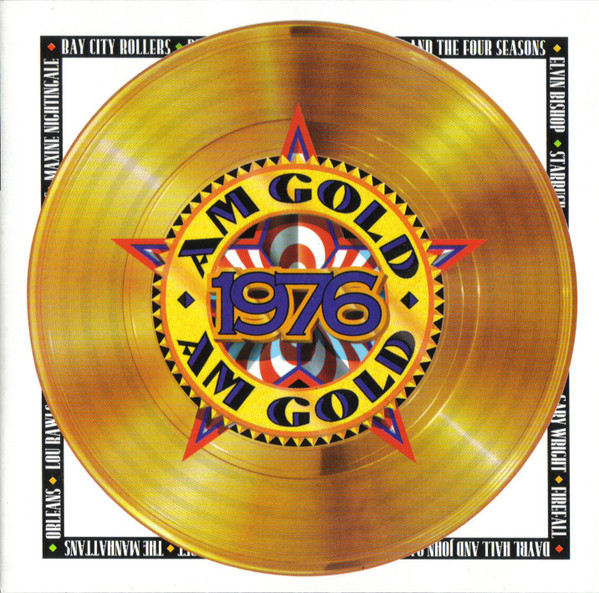
Last week, my selection of AM Gold 1977 (you can read my review here) ignited a “rosy glow of nostalgia” in Deb. I figured I might again light Deb’s fire with this AM Gold 1976 volume.
I’m a big fan of the Bay City Rollers’s “Saturday Night.” “Still the One” by Orleans still gets played at least once a week by Sirius/XM Radio when I’m listening in my car as I’m running errands. “Sara Smile” is one of my favorite Hall & Oates songs.
Here’s a breakdown of the top 10 best-selling singles of 1976, according to the Billboard Year-End Hot 100 singles chart:
- Silly Love Songs – Wings
- Don’t Go Breaking My Heart – Elton John & Kiki Dee
- Disco Lady – Johnnie Taylor
- December 1963 (Oh, What a Night) – The Four Seasons
- Afternoon Delight – Starland Vocal Band
- Play That Funky Music – Wild Cherry
- Kiss and Say Goodbye – The Manhattans
- Love Machine – The Miracles
- 50 Ways to Leave Your Lover – Paul Simon
- A Fifth of Beethoven – Walter Murphy & The Big Apple Band
“December 1963 (Oh, What a Night)” by Frankie Valli and The Four Seasons, “Afternoon Delight” by Starling Vocal Band, and “Kiss and Say Goodbye” by The Manhattans made it onto this disc. Do you remember these songs? Any favorites here? GRADE: B
TRACK LIST:
| 1 | Pratt And MacLain* With Brother Love*– | Happy Days Written-By – Charles Fox, Norman Gimbel | 2:38 |
| 2 | Bay City Rollers– | Saturday Night Written-By – Bill Martin And Philip Coulter* | 2:57 |
| 3 | Peter Frampton– | Show Me The Way Written-By – Peter Frampton | 3:36 |
| 4 | Orleans– | Still The One Written-By – Johanna Hall, John J. Hall | 3:55 |
| 5 | Frankie Valli And The Four Seasons*– | December, 1963 (Oh, What A Night) Written-By – Bob Gaudio, Judy Parker | 3:35 |
| 6 | Lou Rawls– | You’ll Never Find Another Love Like Mine Written-By – Kenny Gamble And Leon Huff | 3:33 |
| 7 | Elvin Bishop– | Fooled Around And Fell In Love Written-By – Elvin Bishop | 2:59 |
| 8 | Starbuck (2)– | Moonlight Feels Right Written-By – Michael Bruce Blackman | 3:38 |
| 9 | England Dan And John Ford Coley*– | I’d Really Love To See You Tonight Written-By – Parker McGee | 2:39 |
| 10 | Gary Wright– | Dream Weaver Written-By – Gary Wright | 3:28 |
| 11 | Eric Carmen– | All By Myself Written-By – Eric Carmen | 4:30 |
| 12 | KC And The Sunshine Band*– | (Shake, Shake, Shake) Shake Your Booty Written-By – Harry Casey And Richard Finch | 3:08 |
| 13 | Maxine Nightingale– | Right Back Where We Started From Written-By – Vincent Edwards*, Pierre Tubbs | 3:17 |
| 14 | Fleetwood Mac– | Say You Love Me Written-By – Christine McVie | 3:46 |
| 15 | Henry Gross– | Shannon Written-By – Henry Gross | 3:53 |
| 16 | Firefall– | You Are The Woman Written-By – Rick Roberts | 2:45 |
| 17 | Daryl Hall And John Oates*– | Sara Smile Written-By – Daryl Hall And John Oates | 3:12 |
| 18 | Starland Vocal Band– | Afternoon Delight Written-By – Bill Danoff | 3:15 |
| 19 | John Sebastian– | Welcome Back Written-By – John Sebastian | 2:53 |
| 20 | Captain And Tennille– | Muskrat Love Written-By – Willis Alan Ramsey | 3:49 |
| 21 | Seals And Crofts*– | Get Closer Written-By – Dash Crofts, James Seals | 3:58 |
| 22 | The Manhattans*– | Kiss And Say Goodbye Written-By – Winfred Lovett | 3:32 |
